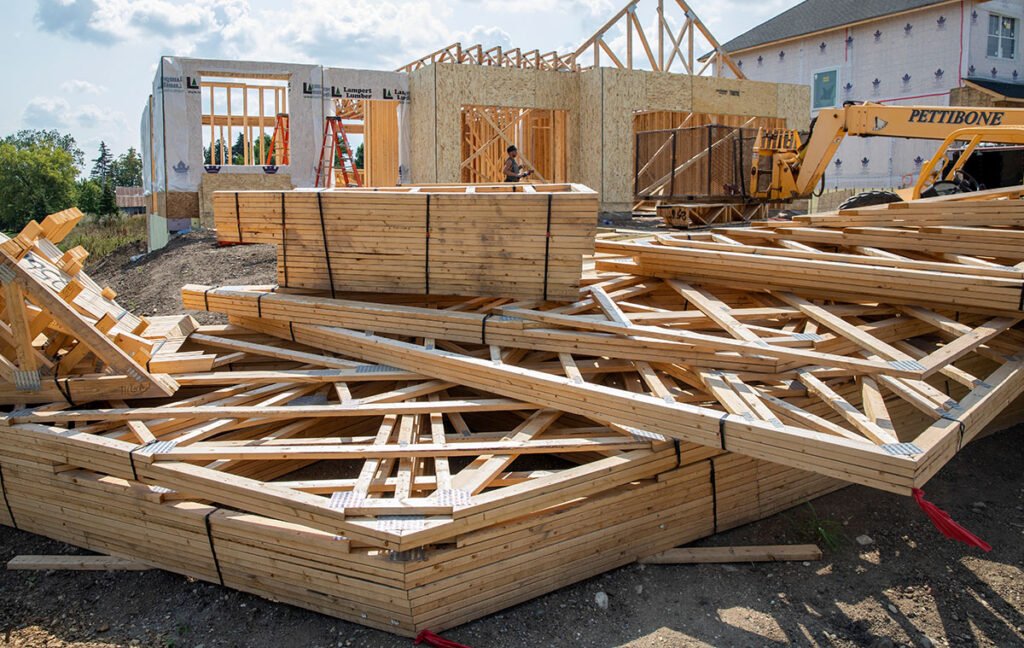Building a hospital is a complex, multifaceted process that requires careful planning and coordination across multiple disciplines. In this guide,E-state nirman Nigamhttp://estatenirmannigam.in

E-state nirman Nigamhttp://estatenirmannigam.inI will outline the key considerations and stages involved in hospital building construction, from initial planning and design to construction and final completion. This process can vary depending on the size, scope, and location of the hospital, but these general guidelines should provide a comprehensive overview.E-state nirman Nigamhttp://estatenirmannigam.in
1. Planning and Feasibility Study

Before any construction begins, a thorough planning and feasibility study is crucial. This involves:
Identifying Needs: Determining the healthcare needs of the population the hospital will serve. This includes understanding the types of medical services and specialties required, as well as patient volume estimates.E-state nirman Nigamhttp://estatenirmannigam.in

Site Selection: Choosing an appropriate location for the hospital. Considerations include proximity to transportation infrastructure, accessibility for patients and staff, availability of utilities, and land use regulations.
Budgeting and Financing: Establishing a realistic budget for the project and exploring funding sources such as government grants, loans, private investment, or public-private partnerships.E-state nirman Nigamhttp://estatenirmannigam.in
Regulatory Compliance: Ensuring compliance with local, state, and federal regulations, including zoning laws, building codes, and healthcare facility standards.
Feasibility Study: Assessing the viability of the project based on financial,
technical, and operational considerations.
2. Design and Architecture

The design and architecture phase focuses on creating a hospital layout that is efficient, functional, and conducive to patient care. Key aspects include:
Functional Layout: Designing spaces for different departments (e.g., emergency room, surgery, radiology, intensive care, and outpatient clinics) to optimize workflow and patient experience.E-state nirman Nigamhttp://estatenirmannigam.in
Flexibility and Future-Proofing: Designing spaces that can adapt to changing healthcare needs and technological advancements over time.

Sustainability: Incorporating green building practices and energy-efficient technologies to reduce the hospital’s environmental impact and operating costs.
Safety and Security: Designing with patient and staff safety in mind, including emergency exits, fire suppression systems, and secure access points.

Aesthetic and Healing Environment: Creating a calming and comfortable environment for patients, visitors, and staff.
Accessibility: EnsuringE-state nirman Nigamhttp://estatenirmannigam.in compliance with accessibility standards and designing spaces that are inclusive and accommodating to all individuals.
3. Construction Planning and Execution
Once the design is finalized, the construction phase begins. This phase involves:
Contracting: Selecting and hiring qualified contractors and subcontractors for different aspects of the construction project.
Permitting and Approvals: E-state nirman Nigamhttp://estatenirmannigam.inSecuring all necessary permits and approvals from regulatory authorities.
Project Management: Coordinating all aspects of the construction project, including scheduling, budgeting, and quality control.
Construction Phases: Constructing the hospital in stages, typically starting with site preparation and foundation work, followed by framing, roofing, and interior finishing.
Safety and Compliance: Ensuring construction site safety and adherence to building codes and regulations.
Inspection and Testing: Conducting regular inspections and testing to ensure all construction work meets quality and safety standards.
4. Installation of Systems and Equipment
Hospitals require complex systems and equipment to function effectively. This phase includes:
Mechanical, ElectricalE-state nirman Nigamhttp://estatenirmannigam.in
Mechanical, Electrical, and Plumbing (MEP) Systems: Installing HVAC, electrical, plumbing, and medical gas systems.

, and Plumbing (MEP) Systems: Installing HVAC, electrical, plumbing, and medical gas systems.
Technology Infrastructure: Setting up IT and communication systems, including electronic health records, telemedicine capabilities, and network infrastructure.
Medical Equipment: Procuring and installing medical equipment such as imaging machines, surgical equipment, and laboratory instruments.
5. Finishing and Interior DesignE-state nirman Nigamhttp://estatenirmannigam.in
This phase involves completing the hospital’s interior and exterior aesthetics:
Interior FinishingE-state nirman Nigamhttp://estatenirmannigam.in: Completing flooring, walls, ceilings, and other finishes to create a functional and welcoming environment.
Furniture and Fixtures: Installing furniture, fixtures, and equipment (FF&E) to furnish the hospital’s various spaces.
Landscaping and Exterior Features: Completing landscaping and exterior features to enhance the hospital’s appearance and patient experience.
6. Commissioning and Handover
After construction is complete, the hospital must be commissioned and handed over to the owners or operators:
Commissioning: Testing allE-state nirman Nigamhttp://estatenirmannigam.in systems and equipment to ensure they function correctly and meet design specifications.
Training: Training staff on the use and maintenance of new equipment and systems.
Final Inspection: Conducting a final inspection to verify that the hospital meets all quality and safety standards.
Handover: Transferring ownership or operational responsibility of the hospital to the designated entity.
7. Opening and OperationsE-state nirman Nigamhttp://estatenirmannigam.in
The final stage involves preparing the hospital for operation and opening:
Licensing and Accreditation: Obtaining necessary licenses and accreditation from relevant healthcare authorities.

Marketing and Outreach: Promoting the hospital’s services to the community and establishing referral relationships with other healthcare providers.
Initial Patient Care: Starting patient care services and adjusting operations as needed based on feedback and outcomes.E-state nirman Nigamhttp://estatenirmannigam.in
Conclusion
Building a hospital is a complex and lengthy process that requires carefully planning, coordination, and execution. From initial feasibility studies to final handover, each stage must be approached with attention to detail and a focus on quality, safety, and patient care. By following these guidelines and working with experienced professionals, the hospital construction project can be successfully completed, providing valuable healthcare services to the community it serves E-state nirman Nigamhttp://estatenirmannigam.in

